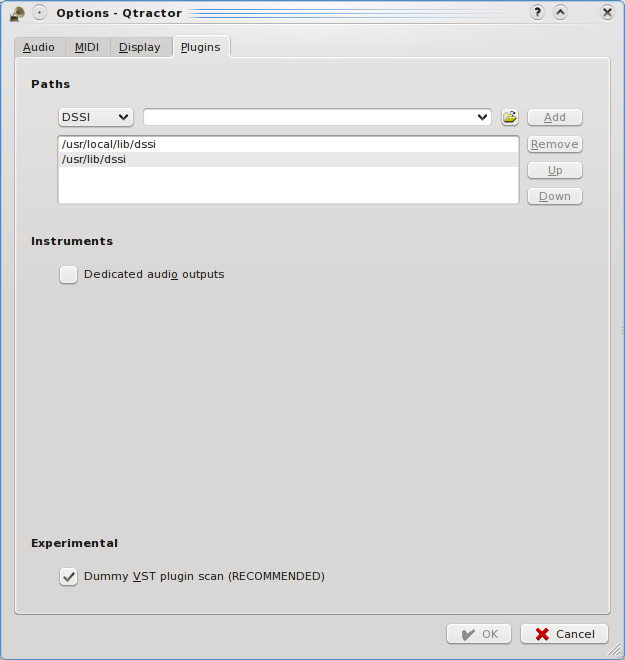
Here's a HOWTO on using soft synths (and effects, since the same rules apply for both) with Qtractor.
To prepare for this, first make sure that you have some soft synths installed on your system. In my experience, the easiest soft synths to integrate with your Linux DAW are DSSI synths. Ubuntu users can probably find these via their package manager, Fedora users can find these and many more either in their package manager or at Planet CCRMA, and Slackware users should refer to the very fine Slackermedia Distro-from-text project or Planet CCRMA (quite handy if you grok rpm2tgz).
Next, you want to make sure that Qtractor knows where your synths are located. To do this, go to View > Options > Plugins and define the location of the synth formats. These are usually /usr/lib/dssi or /usr/lib64/ladspa. If you don't know where they are, just poke around /usr/lib and /usr/lib64 (if you have it) and you should find them. If not, issue this command:

Now you are ready to make music. Open qtractor and create a new track:
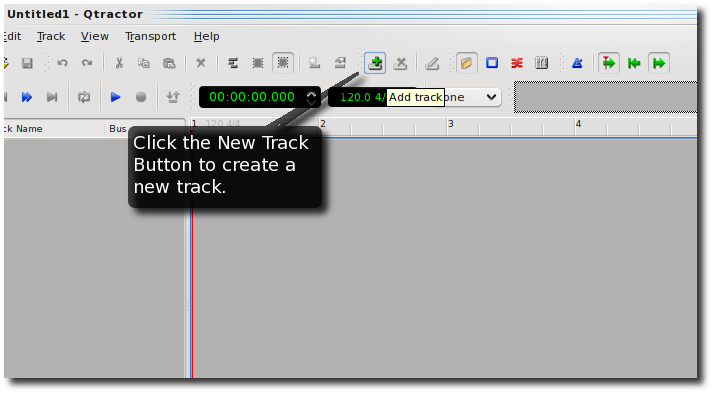
This will be the track for the midi instrument you want to play. Name the track "synth" or something that makes sense to you. Tracks are conventions of mixers, so to configure the midi instrument, open the mixer window. If you are using Klaatu's config file (a far more sane and "pro app" set of keyboard shortcuts for Qtractor) then simply hit "m" on your keyboard. Otherwise, go to View > Mixer.
Once the mixer is open, you will see your new track (you can recognize it by the track's name). Just under the track name is a field where plugins and inserts are listed -- and since you have not defined any plugins yet, that field is currently empty. Right-click on it and you should see a menu with the top selection being "Add Plugin". Select "Add Plugin".
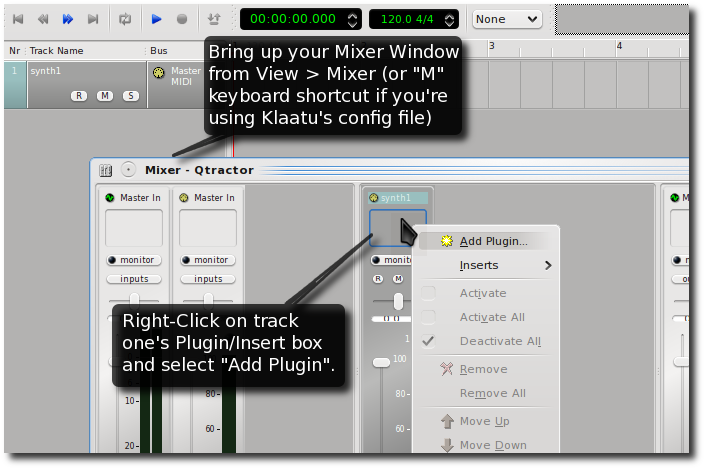
A new window should appear with a list of all your available plugins. These plugins are divided into their formats; there is a drop-down menu on the upper right of the window listing each format you may use. On my system I have DSSI, LADSPA, and VST. Yours may be different depending on how you compiled and/or installed Qtractor. Once you find the synth you want to use, click the OK button.
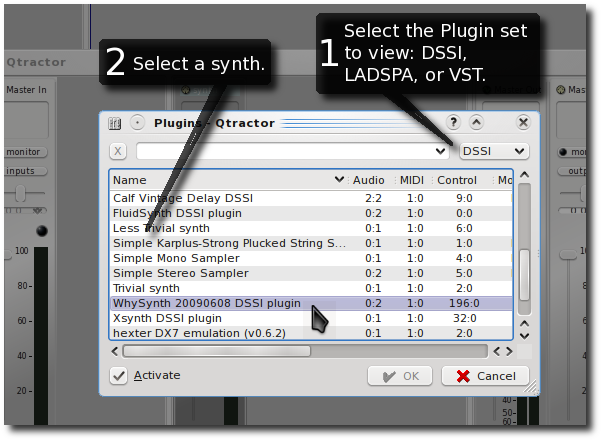
For this tutorial, choose whySynth if you have it. whySynth is an xSynth based plugin that comes prepackaged with over 200 presets, so of all the soft synths out there for Linux, I find whySynth to be the quickest gratification.
When whySynth opens, it shows you the basic interface; a list of all its sound presets ("banks" in synth lingo). Does this mean that all you have to do is choose a sound and start playing? that seems almost too easy! Well, actually, that IS all you have to do. You can select any of the 200+ sounds and audition them with the "Send Test Note" button. Once you're happy with a sound, you're ready to start making music.
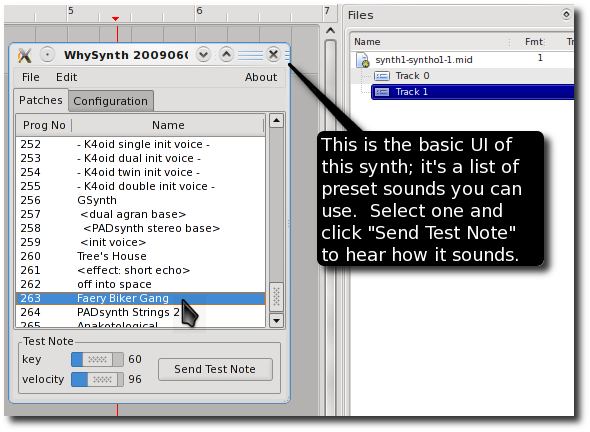
Before we dive into making music, take a look at the advanced interface of whySynth by hitting Control-E (for "edit"; also accessible via whySynth's Edit menu). This is a multi-tabbed synth interface with which you can design your own sounds or modify existing sounds.
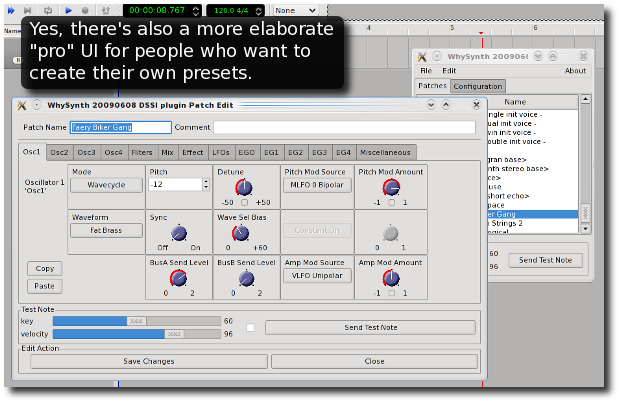
To start making music, we need data in the track that we've created. The track is simply a pipeline for the mixer; so we need to fill it with something. In this case, since we're using MIDI instruments, we'll fill this track with MIDI data. To do that, hit Shift-N (or the "New Clip" button from Qtractor's button bar) and establish a name for your data file (or, in Qtractor terminology, your "session file"). This data file will be saved to your harddrive separate from your Qtractor file, so be smart about where you save these files. As with any multimedia project, media management is important and good organization skills vital.
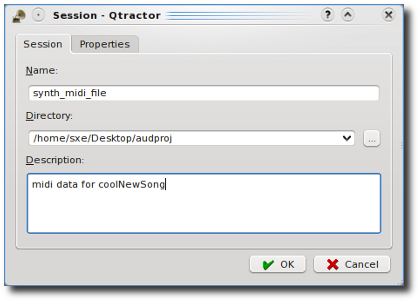
A new "matrix editor" or "piano roll" window will appear; a keyboard borders it on the left, the measure of beats across the top. Use the pencil tool to create notes; use the arrow tool to move them around or modify their length or to select and delete them.
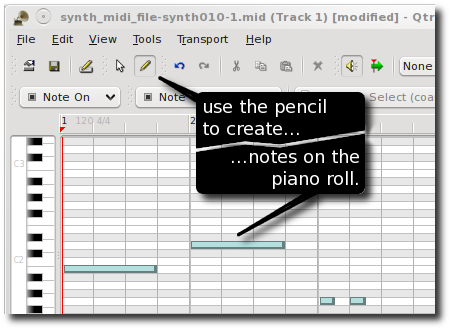
You can also adjust properties of the notes, like velocity or pitch bend -- basically anything that MIDI is capable of sending, you can send along with a note value to the soft synth. These adjustments are made in the bottom portion of the data editor window; this bottom part mirrors the notes on top but controls different values. Which value it is controlling is defined via the drop-down menu at the top of the window; it defaults to "Note Velocity" but click on it to see your other options.
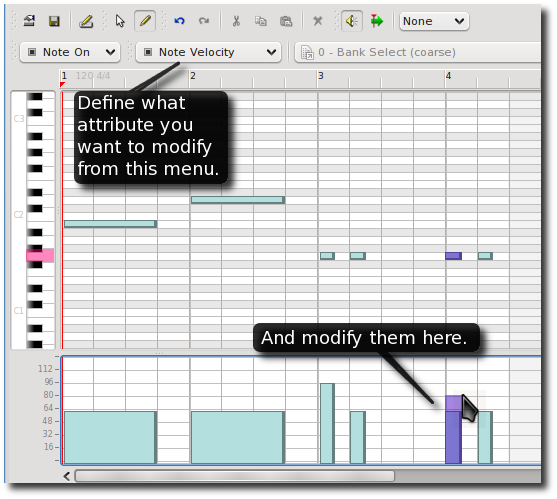
When you've finished modifying the data, you can close the window. Before Qtractor lets you do that, it will ask if you want to save your work. Save your work. You can always come back and change it later.
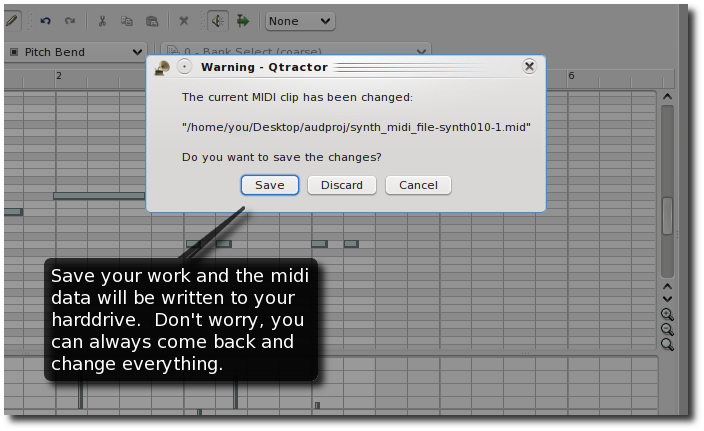
Now you've created notes for the synth to play, so hit PLAY to hear your composition. Then you can continue with your composition or add new tracks and flesh it out with more instruments. Or you can open the mixer and add another plugin to that track, this time using an effect, like Reverb or Echo or Distortion or Amp emulation.
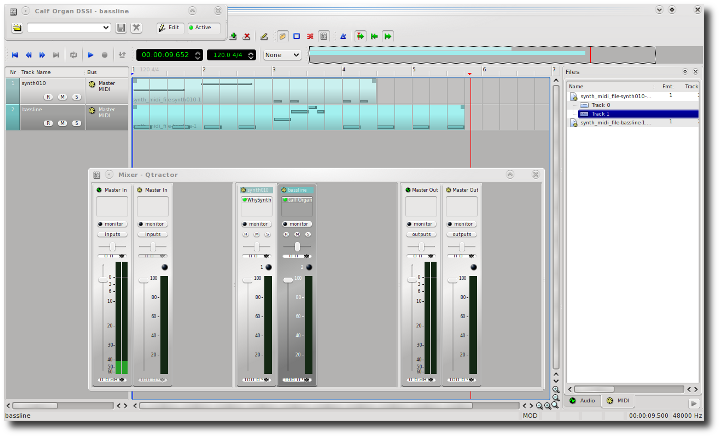
That's all there is. Now go out and find some cool synths and effects and have fun.
Here are some gratuitous pics of some of the neat soft synths and effects I use, which all happen to be from the Calf plugin set but of course there are many many more from all kinds of different sources. Check them all out.
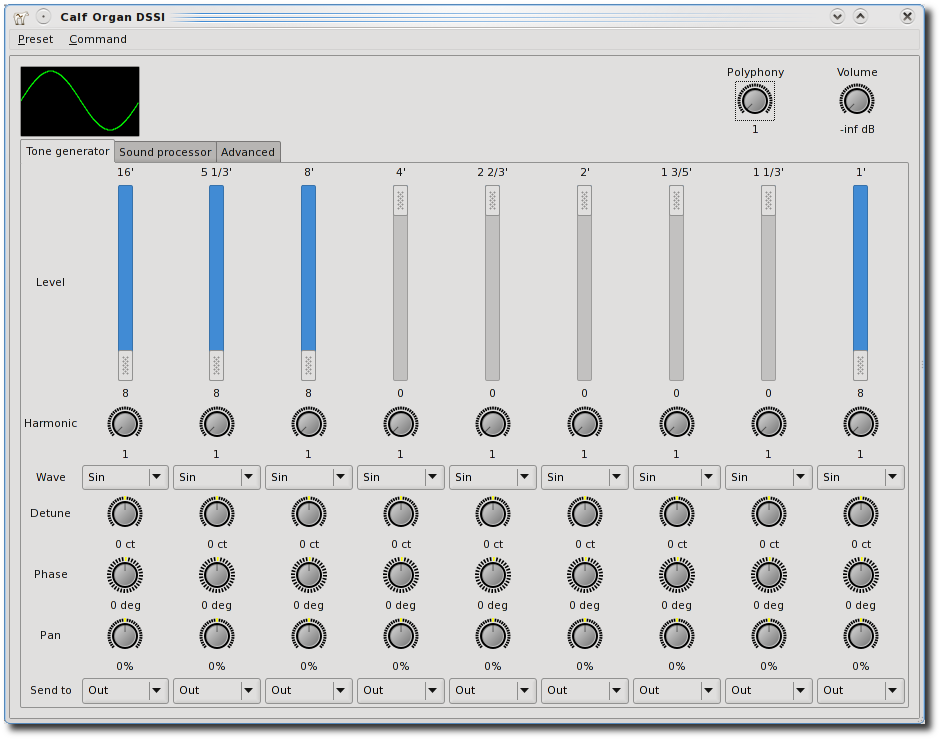
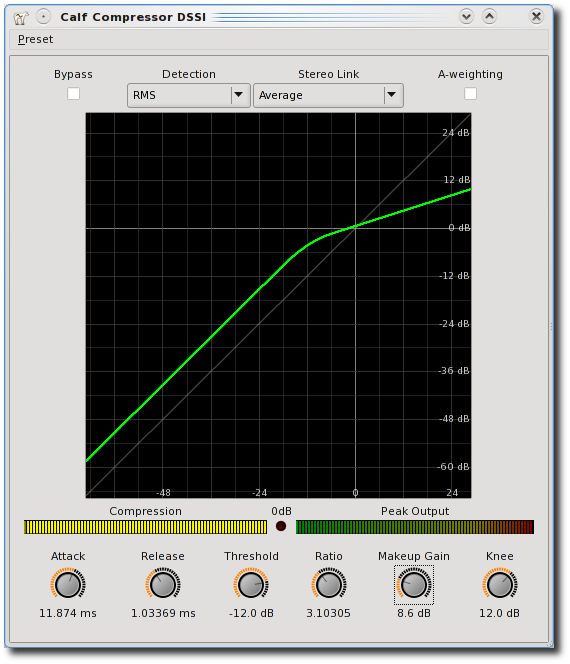
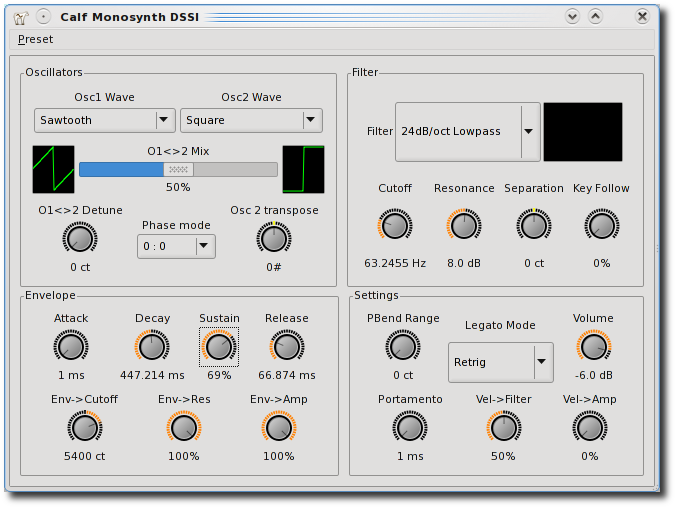
This tutorial is by notKlaatu, and it's released under some kind of GPL-friendly documentation license..like GNU Documentation License or something like that.